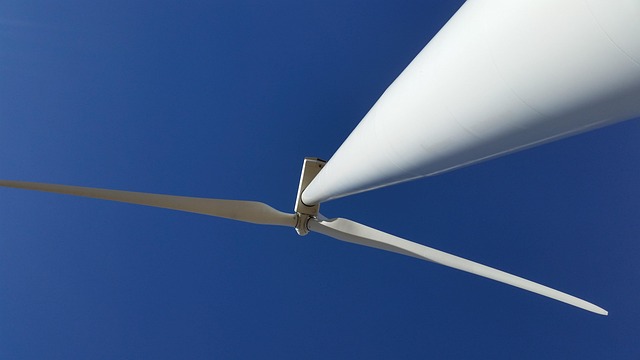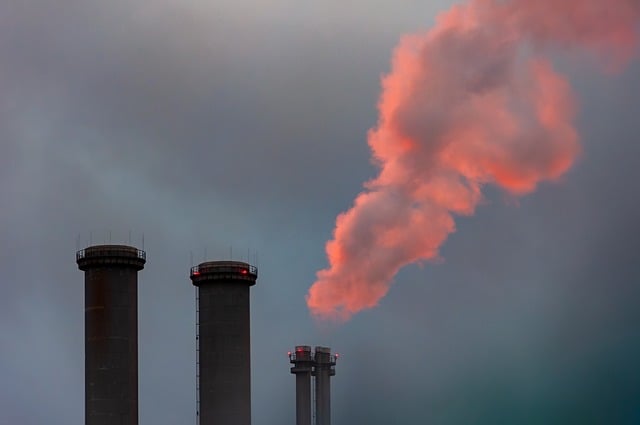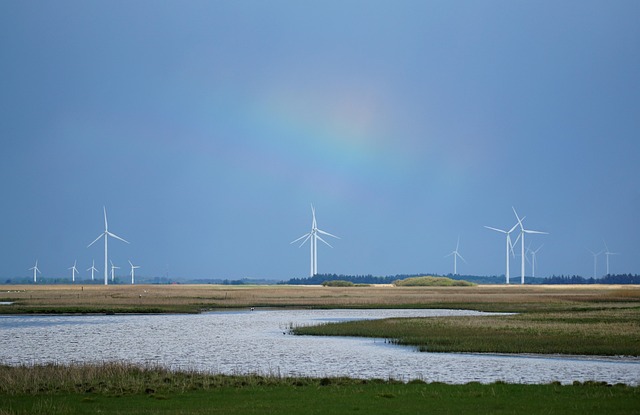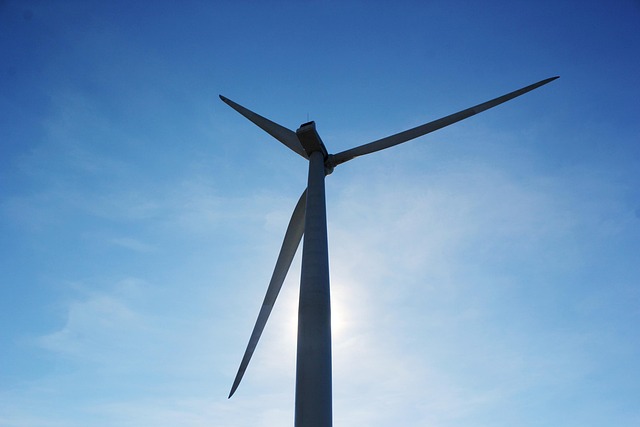From Sunlight to Savings: The Economics of Sustainable Energy
The ongoing transition toward sustainable energy systems has become one of the most significant economic conversations of the 21st century. With population growth, urbanization, and climate change at the forefront of global challenges, the economic implications of sustainable energy are paramount. This article delves into how the journey from sunlight, as a renewable energy source, translates into substantial savings for consumers, businesses, and governments alike.
The Importance of Sustainable Energy
Sustainable energy refers to energy derived from resources that are replenished naturally and can be utilized without depleting the Earth’s resources. These include solar, wind, biomass, hydroelectric, and geothermal energy. Sustainable energy is not only crucial for mitigating the impacts of climate change but also offers vast economic opportunities across various sectors.
Understanding the Economic Model of Sustainable Energy
The economics of sustainable energy is built upon a complex interplay of environmental, technological, and socio-economic factors. The fundamental idea is that harnessing renewable energy sources can lead to lower long-term energy costs, reduced dependence on fossil fuels, and enhanced energy security. This section explores these aspects in detail.
Cost of Renewable Energy Technologies
Over the past decade, the costs associated with deploying renewable energy technologies have decreased dramatically. Solar photovoltaic (PV) systems, for instance, have seen prices drop by over 80% since 2010. This decline is attributable to advancements in technology, economies of scale, and competition in the market. Similarly, wind energy production has become more cost-effective due to improved turbine designs and increased efficiency.
Operational Savings
Organizations and consumers investing in renewable energy systems can enjoy significant operational savings. One of the most compelling economic arguments for renewable energy is the reduction in energy bills. By generating their own energy, consumers can shield themselves from the volatility of fossil fuel prices. For businesses, this translates to a more predictable operating budget and the independence to manage energy consumption proactively.
Job Creation and Economic Growth
The renewable energy sector has proven to be a powerful driver of job creation. As the world shifts to a low-carbon economy, new jobs emerge in manufacturing, installation, maintenance, and operation of sustainable energy systems. The International Renewable Energy Agency (IRENA) reported that the renewable energy sector employed over 11 million people worldwide in 2018, with a trend of ongoing job creation expected in the coming years. This growth can result in more stable economic conditions and opportunities for communities.
Financial Incentives and Government Policies
Government policies play a critical role in promoting the adoption of sustainable energy. Financial incentives, such as tax credits, rebates, and subsidies, can accelerate investment in renewable technologies. The U.S. federal government’s Investment Tax Credit (ITC) for solar energy provides a significant boost to homeowners and businesses, allowing them to deduct a considerable percentage of the installation costs from their federal taxes.
Investment Trends
Investment in sustainable energy solutions has surged, driven by supportive policies, technological advancements, and growing public awareness of climate issues. According to Bloomberg New Energy Finance, global investment in renewable energy reached a record high of $282 billion in 2019. Institutional investors are increasingly incorporating environmental, social, and governance (ESG) factors into their portfolios, recognizing that sustainable practices are not just ethical but economically advantageous.
Long-Term Financial Viability
The long-term financial viability of sustainable energy is increasingly recognized by investors. As the cost of conventional energy rises, and resources become scarcer, renewable energy presents a reliable alternative. Energy Generation from renewable sources usually entails fewer maintenance costs and predictable long-term financing options compared to traditional fossil fuel sources.
The Role of Technology in Sustainable Energy Economics
Advancements in technology continue to redefine the economics of sustainable energy. Digital tools, such as smart grids, energy management systems, and predictive analytics, play a crucial role in optimizing energy consumption and improving efficiency. Integration of these technologies increases the reliability of renewable sources, helping to balance supply and demand effectively.
Energy Storage Solutions
Energy storage technologies, particularly batteries, have advanced significantly, enabling better integration of renewable energy into the grid. By storing excess energy generated during peak production times, businesses and households can use this energy during high-demand periods, thereby enhancing overall efficiency and reducing costs. The decreasing costs of battery storage further solidify the role of renewables in a sustainable economic model.
Decentralized Energy Systems
Decentralization of energy generation—where energy is produced closer to the point of consumption rather than from large, centralized plants—offers distinct economic benefits. Localized energy production reduces transmission losses, enhances energy security, and fosters energy independence for communities. Such systems often experience lower infrastructure development and maintenance costs, further contributing to economic savings.
Community Impact and the Right to Energy
The shift to sustainable energy goes beyond mere economics; it addresses social issues like energy access and equity. Many communities, particularly rural or low-income areas, have historically been marginalized in terms of energy accessibility. Sustainable energy initiatives can empower these communities by providing affordable, localized energy solutions.
Energy as a Service
Emerging business models like “Energy as a Service” (EaaS) allow communities to leverage sustainable energy without significant upfront costs. Under this model, energy providers invest in renewable energy systems while consumers pay for energy as a service, fostering widespread adoption and ensuring that even economically disadvantaged populations can participate in the sustainable energy transition.
Towards a Sustainable Economic Future
The pathway to a sustainable economic future is illuminated by the growing recognition of the importance of sustainable energy. While there are challenges to overcome, including regulatory hurdles and the need for extensive infrastructure development, the potential economic benefits are vast.
A Call for Collaborative Efforts
The transition to a sustainable energy economy requires collaborative efforts among governments, industries, and communities. Policymakers must implement supportive regulations, and businesses must invest in renewable technologies. Consumers play a vital role in driving demand for sustainable products and services, thereby shaping the market landscape. Education and awareness are equally critical, as informed consumers can make conscious choices that support sustainability.
Conclusion
The journey from sunlight to savings exemplifies the transformative power of sustainable energy. As technologies evolve, costs diminish, and societal awareness increases, we find ourselves at a pivotal moment. The economics of sustainable energy shows a future where energy is both environmentally sustainable and economically advantageous. By embracing this transition, we can create a cleaner, more equitable, and economically robust world for generations to come.



